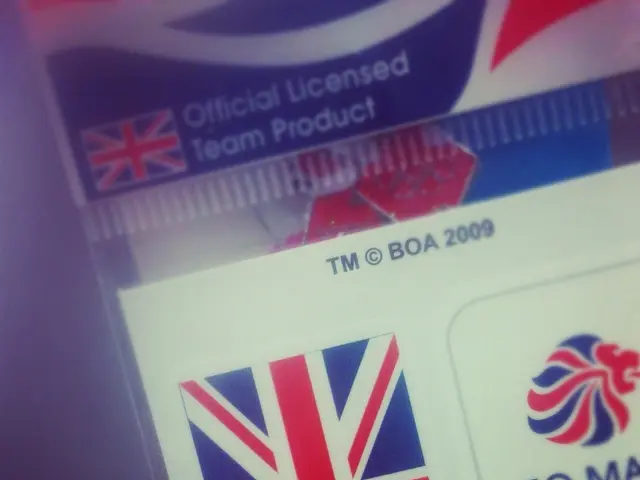UAE's Central Bank reports a 1.8% increase in M1 and M2, alongside a 0.9% expansion in credit for the month of February.
The Central Bank of the United Arab Emirates (UAE) reported robust growth across crucial monetary indicators in February 2025, signaling ongoing strength in liquidity, deposits, and credit activity within the banking sector.
In its latest Monetary and Banking Developments report, the bank revealed that the M1 money supply increased by 1.8% to AED 982.9 billion. This growth was mainly propelled by an increase of AED 4.1 billion in currency in circulation and AED 13.5 billion in monetary deposits. The M2, which incorporates M1 and quasi-monetary deposits, also saw a 1.8% rise, amounting to AED 2,361.9 billion, thanks to a surge of AED 25 billion in quasi-monetary deposits. The M3 increased by 0.8% to AED 2,813.4 billion despite a decrease of AED 19 billion in government deposits.
The monetary base expanded by 3.1% to AED 816.6 billion, primarily due to a 3.4% increase in currency issued, an 11.4% jump in current and overnight bank deposits at the Central Bank, and a 6.2% increase in monetary bills and Islamic certificates of deposit. These gains were partially offset by a 6.1% drop in reserve account balances.
Gross bank assets, including bankers' acceptances, increased by 1.6% to AED 4,636.8 billion. Gross credit grew by 0.9%, reaching AED 2,205.1 billion. This upward trend was influenced by a growth of AED 1.7 billion in domestic credit and AED 17.1 billion in foreign credit. The credit to the private sector expanded by 0.7%, while lending to non-banking financial institutions surged 5.2%. However, credit to the government and related entities declined by 1.4% and 2.0%, respectively.
Total bank deposits increased by 1.2% to AED 2,874.6 billion. Resident deposits grew by 0.8%, while non-resident deposits soared by 5.1%. Within resident deposits, the private sector, non-banking institutions, and government-related entities all recorded increases. Government sector deposits decreased by 4.0%.
This growth in M1, which encompasses physical currency and current account balances, signifies a rise in readily available funds for consumption and short-term investment, underscoring strong economic activity in the UAE banking sector. The broader expansion in liquidity also indicates stable credit conditions, bolstering consumer and business confidence. As the UAE heads into 2025, this liquidity growth aligns with ongoing robust non-oil sector growth, rising investment, and sustained financial sector performance, offering substantial support for the non-oil economy. It's worth noting that while increases in M1 can signal potential liquidity pressures, current reports suggest stable conditions and ongoing confidence in the sector.
The government can attribute the financial growth in the UAE to the strong performance of the banking sector, as indicated by the Central Bank's report on Monetary and Banking Developments in February 2025. This growth, as shown by the increasing M1 money supply, is a positive sign for ongoing banking development and stability, fostering confidence in the government's financial management and economic policy.




